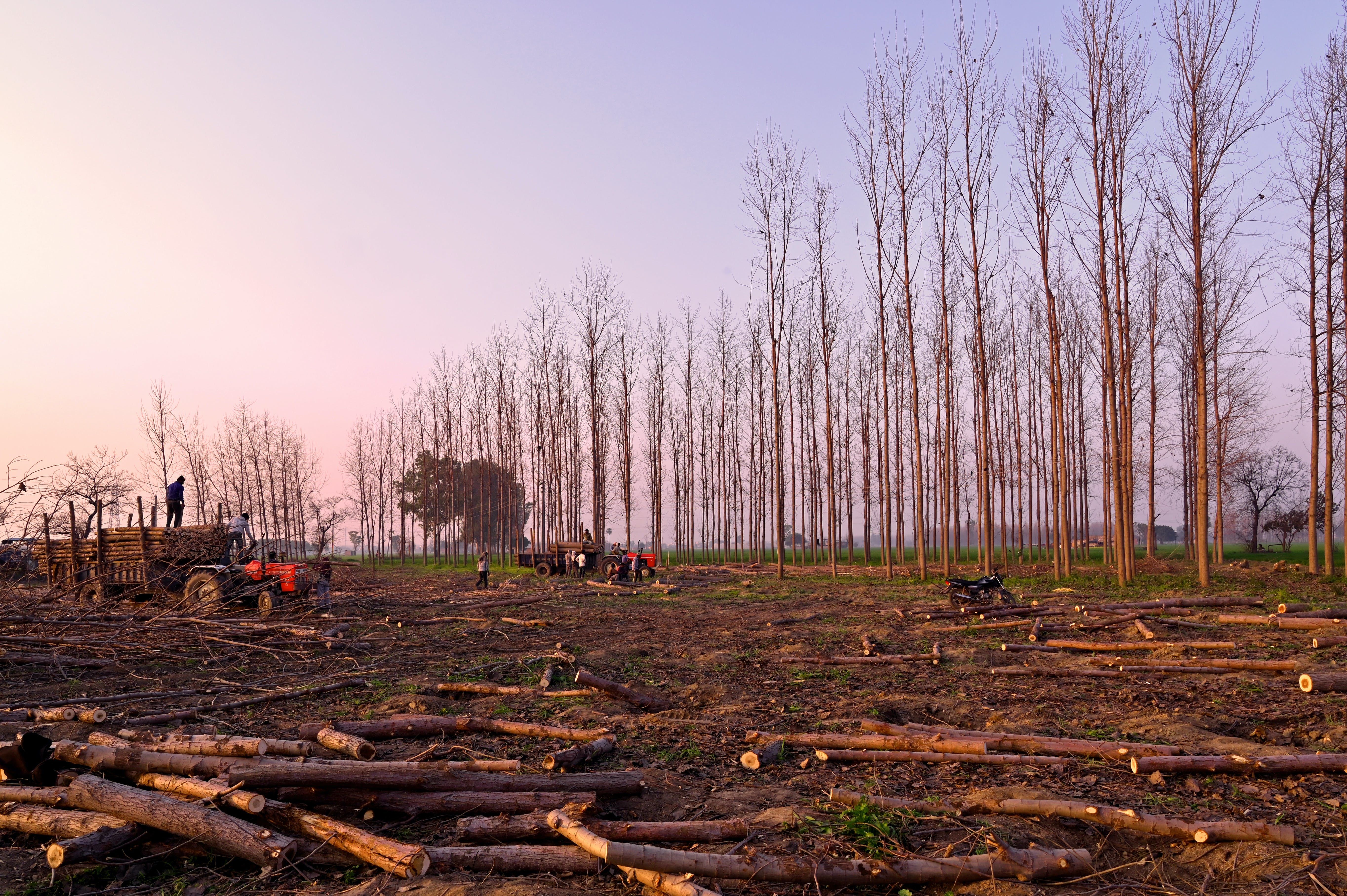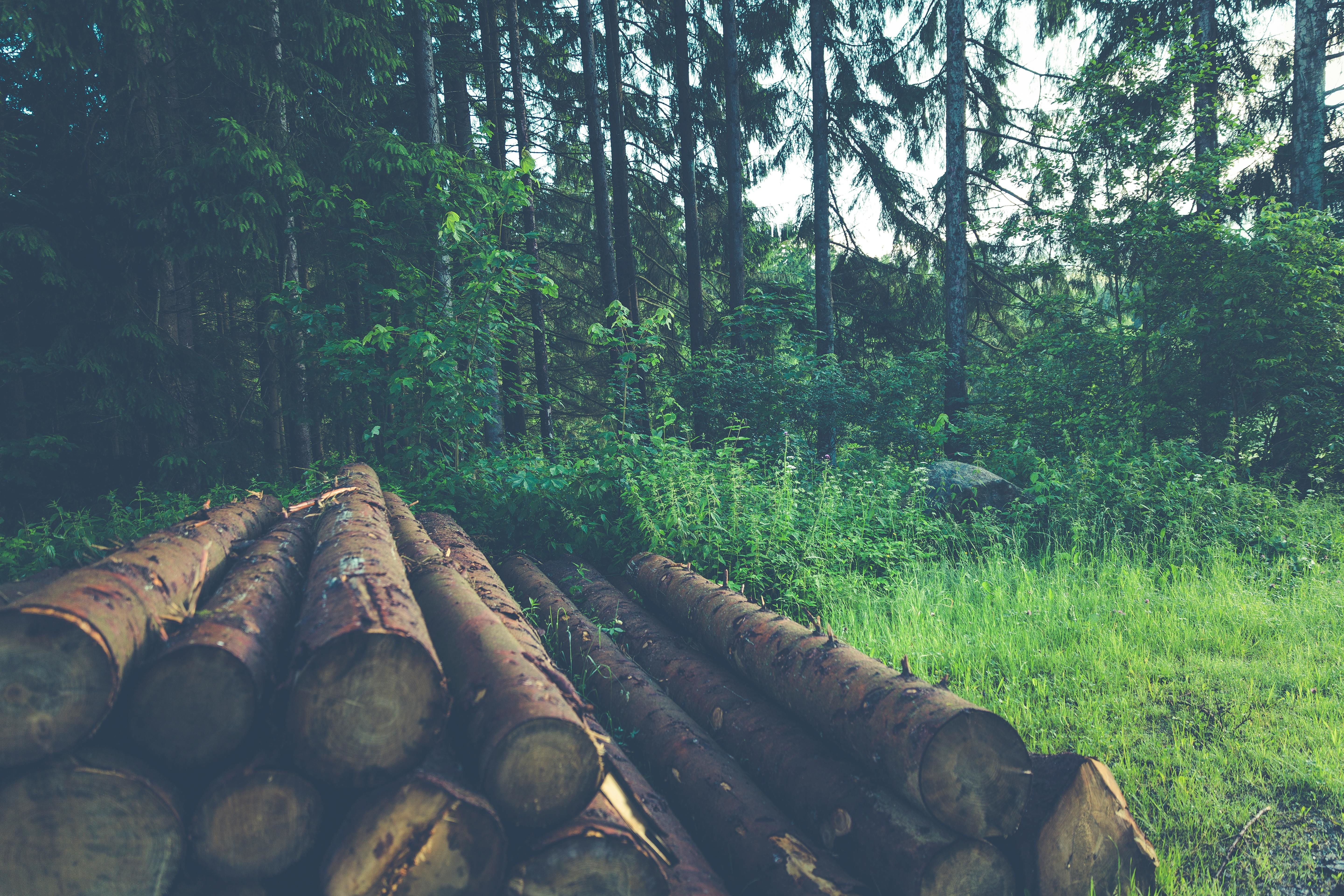Sustainable logging practices within Tasmania should represent a balance between the economic benefits of logging and need to maintain healthy and diverse forests. These practices aim to minimize the environmental impact of logging while promoting forest regeneration and biodiversity. They are critical as they ensure that forests continue to provide their essential services such as carbon sequestration, habitat provision, and soil conservation.

Key Concepts of Logging Practices
- Selective Logging: This involves harvesting only certain types of trees while leaving others intact. It helps maintain the overall structure and diversity of the forest, allowing it to recover more quickly.

2. Clear Cutting: Although often criticized, clear-cutting can be sustainable if done correctly. This involves cutting all trees in a given area, which is then allowed to regenerate naturally or through planting. The key is to limit the size of the clear-cut area and ensure proper regeneration afterwards.
3. Reforestation: This practice involves replanting trees in areas where logging has occurred. It is crucial to use a mix of species that are native to the area to maintain biodiversity. Landcare Tasmania have reported that over 5000 plants have been planted to help revegetate the land for sustainable living. Read more here on Landcare website with the help of Fithteen Trees.
4. Reduced Impact Logging (RIL): This technique minimizes damage to the surrounding vegetation and soil during logging operations. It involves careful planning of the logging process, including the direction of tree fall and the use of extraction paths to minimize soil disturbance.
Who Benefits of Sustainable Logging Practices?

1. Biodiversity Conservation: Sustainable logging helps maintain a healthy mix of tree species and ages, which supports diverse wildlife habitats.
2. Carbon Sequestration: By allowing forests to regenerate and limiting the amount of trees cut, sustainable logging helps maintain the forest's capacity to absorb carbon dioxide.
3. Soil and Water Protection: Sustainable practices minimize soil erosion and water pollution by reducing the impact of logging on the forest floor.
4. Economic Sustainability: Sustainable logging can provide a steady supply of timber over the long term, supporting local economies and industries.
Challenges and Solutions for logging
Despite its benefits, sustainable logging faces several challenges. These include illegal logging, lack of awareness about sustainable practices, and the economic pressures to maximize short-term profits.

Addressing these challenges requires a mix of strategies:
1. Strengthening Enforcement: Governments and international bodies need to enforce laws against illegal logging and promote sustainable practices.
2. Raising Awareness: Education campaigns can help raise awareness among consumers about the importance of buying sustainably sourced timber.
3. Providing Economic Incentives: Governments can offer tax incentives or subsidies to companies that engage in sustainable logging practices.
Conclusion
Firewood Tasmania is committed to sustainable logging practices and believes it is essential for the long-term health of our forests and the planet. By understanding and implementing these practices, we can help ensure that forests continue to provide their many benefits for generations to come.